You’ve hiked all day and you’re ready to create a pop-up home for the night. Maybe you have the perfect backcountry campsite in mind. Maybe not. Maybe it’s already been snagged by other hikers.
If you have to set up camp at the end of a day on trail, do you know what you’re looking for? How well do you know your Leave No Trace principles? The Washington Trails Association offers the following tips:
Know where to go
One of the trickiest parts of backcountry camping is figuring out which trails allow backcountry camping, and where those sites are located.
The rules and regulations on backcountry camping vary between land managers, so it’s important to know who manages the land you’re hoping to visit. Backcountry camping is generally not allowed in Washington State Parks or on Department of Natural Resources lands — though they have a wealth of car camping options available. National Forest, National Park and Bureau of Land Management lands are your best bet for backcountry camping.
Backpacking 101
If you’re just starting to dip your toe into the world of backpacking, the Washington Trails Association can help you plan your trip, pack your bags and find your dream destination.
All backcountry campsites in Mount Rainier, North Cascades and Olympic National Park require an overnight permit for the specific campsite you are visiting. These can usually be acquired online in advance of your trip, or on a walk-up basis by visiting the relevant ranger station. Camping at these locations without a permit is prohibited. Camping at non-established campsites is also prohibited unless you have a cross-country zone pass from the park.
Washington’s national forests and Bureau of Land Management lands on the other hand, are rife with backcountry camping opportunities that don’t require as much advanced planning. In most cases, you will only be required to self-register for a free permit at the trailhead, though there are a few notable exceptions where permits need to be reserved in advance (such as the Enchantments and Mount Margaret Backcountry).
Researching campsites at home
Once you know backcountry camping is allowed on the land you’re visiting — you’ll want to find out where, exactly, you can expect to stay on trail. It’s much easier to research campsite locations from home ahead of time, rather than seek them out on trail when you’re tired and it’s nearing sunset.
There are a number of different ways you can go about doing that research, and these tips will get you off to a great start:
- Check the hiking guide. For popular backpacking spots, the Washington Trails Association website lists backcountry campsite locations and how far up the trail they are. Start your research by giving the hike entry a thorough read-through.
- Check trip reports. If you’re lucky, a fellow hiker has backpacked the trail you’re hoping to visit. The association’s trip report search makes it easy to sort past reports by “Overnight” or “Multi-night backpacking” trips (look under the “Advanced Option” in your search). If you find a helpful trip report, but the reporter doesn’t explicitly mention campsites — don’t be afraid to reach out via a comment and ask questions.
- Refer to a hiking map. Hiking-specific maps have a wealth of useful information. For example, Green Trails Maps denote the location of established backcountry campsites on all of their maps, and they include other helpful information for backpackers, like water sources and land boundaries.
- Check with the land manager. Land manager websites often suggest good camp locations, and let you know where campsites are prohibited. You can also reach out by phone. Rangers will know better than anyone if a trail has viable backcountry camping options, and can share any pertinent regulations for the area. You can find which ranger station manages a certain trail by scrolling down to the “Trailhead” information on the hike entry in WTA Hiking Guide. Once you know who to call, head to our “Ranger Station Info” page to grab the phone number.
- Ask for help. The Washington hiking community has a vast amount of knowledge — so use it! Seek advice from an online hiking group or forum.
If you’re planning to stay at a first-come, first-serve site, it is worth noting a few back-up options in case your first choice is occupied when you arrive. Try to get an early start so you can snag your desired campsite — and have enough daylight to reach your back-up site, if needed.
Finding campsites on trail
You’ve been hiking all day, you’ve made it to your stopping point and now you need to find a place to pitch your tent. Do you know what to look for? Well-established campsites will often have a “camp” sign to denote them, and may have other features like bear wires or signs for a nearby backcountry toilet. Unsigned campsites may feel less official, but you can usually tell if they are cool to camp on based on a few factors.
If you find a spot that seems legit, but isn’t signed, look out for these telltale signs:
The site is on a durable, impacted surface. Campsites should always be on durable surface like compact dirt, sand, rock or snow. Don’t set up camp (or travel) on fragile areas like alpine meadows or heather.
The site is a good distance away from waterways and main trails. A good campsite should follow the 200-feet rule. Make sure your tent is set up 200 feet from the trail, any water sources, your toilet and your food storage. Sometimes, you may find an established campsite closer than 200 feet to water — in that case, it is better to use the established site than create a new one.
The site has an established fire ring. Log or stump benches are also a sign of an oft-used campsite. Note: Not all fire rings are established and/or permitted.
Tips for maintaining a low-impact campsite
Leave No Trace ethics are so important for maintaining a thriving backcountry. As you set up camp and enjoy your night under the stars, keep these low-impact tips in mind:
Leave nature be. Do not cut vegetation, build structures or create windbreaks. Campsites should always be left in the same (or better!) condition than you found them.
Follow proper campfire conditions. Have a campfire only if there is an established fire ring, if the managing agency permits campfires and if conditions are safe. Most areas prohibit campfires above 5,000 feet in elevation or at certain times during the year, so check before you go. Keep backcountry fires small. Use wood that is smaller in diameter than your wrist; collect downfall and never cut live trees. Never burn garbage or food scraps.
Learn bathroom etiquette. If you’re spending the night on trail, odds are you’re going to need to use the bathroom at some point. If a backcountry toilet is not available at your campsite, you will need to do a bit more work to take care of business. Bring a trowel with you in case you need to dig a cat hole to bury your waste. We’d also recommend bringing a zip-top bag to carry out any toilet paper you use. Consider bringing a pee rag or Kula Cloth to minimize toilet-paper use altogether.
Store your food appropriately. Proper food storage is essential any time you’re in camp, as critters both big and small will be attracted to your food. If you are preparing a meal, you should always be within an arm’s length of your food, and it’s good practice to keep your container closed at all times. If you’re camping in bear country, it can be a good idea to take an early dinner break, and then continue hiking for a while before choosing a campsite. This keeps the potentially alluring scent of your dinner far away from your tent.
When leaving camp to explore, or turning in at night, put all of your food, scented toiletries and trash into your container. Then find a place to store your food away from your tent site and dish-washing location. Hang bags should be on tall tree with sturdy branches, at least 10 feet off the ground, and 6 feet out from the tree’s trunk. Canisters should be somewhere where it won’t roll down a hill or into a river if a curious critter decides to poke it around.
Pack it in, pack it out. As with any hike, ensure you carry out everything you carried in, and don’t leave anything behind on trail.
Washington Trails Association promotes hiking as a way to inspire a people to protect Washington’s natural places. Learn more at www.wta.org.
***
Plan your future adventures throughout the West Coast at westcoasttraveller.com and follow us on Facebook and Instagram @thewestcoasttraveller. And for the top West Coast Travel stories of the week delivered right to your inbox, sign up for our weekly Armchair Traveller newsletter!

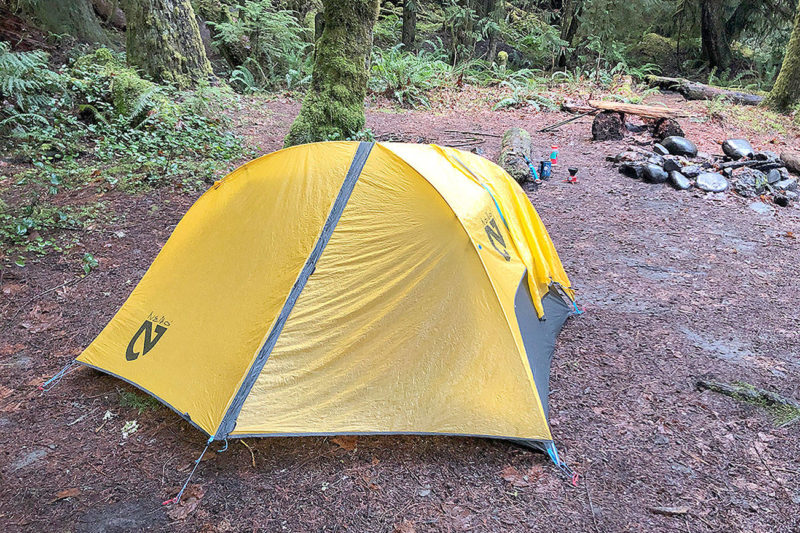
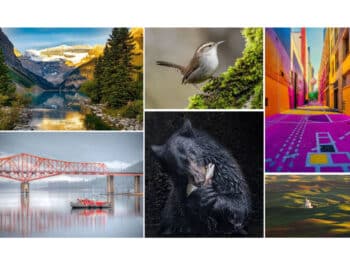
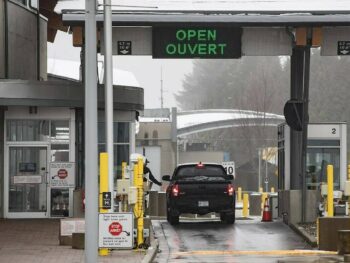


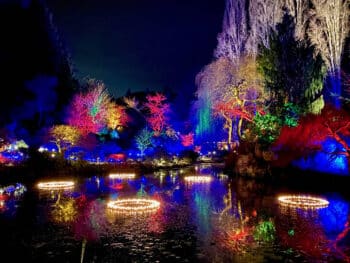
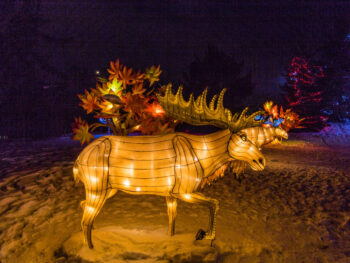
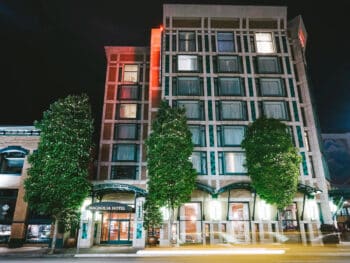
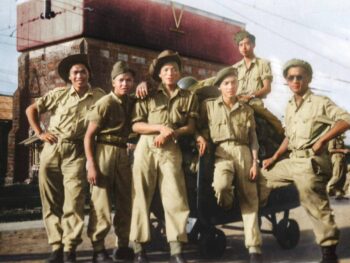
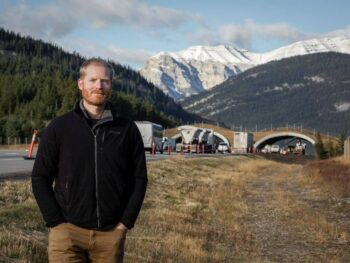
 WATCH: Kodiak cubs teach bear safety at Innisfail wildlife park
WATCH: Kodiak cubs teach bear safety at Innisfail wildlife park